Chinese Cities - Sciences Po - OGLM 3050 - 59127 - S2 2025 Clément Renaud [hi@clementrenaud.com](mailto:hi@clementrenaud.com) (use left/right keyboard arrows to navigate) --- class: inverse, center, middle ## Week 7 # 创 ## Innovation: Created In China #### 18 Mar 2025 --- class: inverse, center, middle ## Character of the week # 创 [Purple Culture](https://www.purpleculture.net/dictionary-details/?word=创) / [Hanziyuan](https://hanziyuan.net/) / [CUHK dic](https://humanum.arts.cuhk.edu.hk/Lexis/lexi-mf/search.php?word=创) --- class: inverse # Some practical matters - [Fiche de présence](https://scolarite.sciences-po.fr/PROD/twbkwbis.P_GenMenu?name=homepage) - Assignments - Any questions? --- # Program Today - planning for tech policy in China - case study: mass makerspaces - assignment: group work / q&a --- class: inverse, middle # China's Planning System ## From Doctrine to Action --- # Political doctrine ### Xi Jinping Thought ([link](https://www.airuniversity.af.edu/Portals/10/CASI/documents/Translations/2023-10-30%20ITOW%20Xi%20Jinping%20Thought%20on%20Socialism%20with%20Chinese%20Characteristics%20for%20a%20New%20Era.pdf)) ### 习近平新时代中国特色社会主义思想 - ### Socialism with Chinese characteristics (中国特色社会主义思想) - ### Targeted Poverty Alleviation 精准扶贫 (2014) - ### ecological civilization 生态文明 (2012) - etc. --- # The Five-Year Plan System - Central policy mechanism in China's governance since 1953 - Defines national economic and social development priorities - Serves as the foundation for all other planning activities - Formulated by the State Planning Commission (now NDRC) - Process involves multiple drafts, expert consultation, and final approval by National People's Congress - Contains binding targets (_yueshuxing zhibiao_) and aspirational targets (_yindaoxing mubiao_) ### Currently in the 14th Five-Year Plan period (2021-2025) - [outline of the 14th plan](https://cset.georgetown.edu/wp-content/uploads/t0284_14th_Five_Year_Plan_EN.pdf) - [full plan](https://en.ndrc.gov.cn/policies/202203/P020220315511326748336.pdf) - see also the 14th's [ad/slides](https://english.www.gov.cn/w/14thfiveyearplan/) - design/review of the 15th plan [link](https://english.www.gov.cn/news/202312/19/content_WS6580d2b6c6d0868f4e8e2507.html) in progress --- # Evolution of the 5y Plan System - Originally modeled after Soviet central planning system - Transformed from strict Soviet-style "planning" to more flexible "guidance" - Key shift after 1978: From centrally planned economy to "socialist market economy" - Five-Year Plans renamed to "Five-Year Guidelines" (2006-2015) - Reverted to "Five-Year Plans" in 2016, but with more market-oriented approach - Modern plans maintain strategic direction while incorporating market mechanisms --- # Scope and Structure - Comprehensive, covering all major aspects of national development: - Economic growth targets - Industrial policies - Regional development - Social welfare - Environmental protection - National security - Complex, multi-layered system with thousands of supporting plans - Implemented through cascading structure from national > provincial > local levels - Planning documents range from broad strategic guidance to detailed implementation guidelines - Approach / implementation is up for local gov based on guidelines and objectives (_yeji_) --- # The Planning Process - Highly consultative but ultmiately top-down process - Typically begins 2-3 yrs before plan release - Key phases: 1. Research and investigation by expert groups 2. Drafting by National Development and Reform Commission (NDRC) 3. Consultation with ministries, provincial authorities, and select experts 4. Review and approval by Central Committee and National People's Congress - Implementation monitored through comprehensive statistical reporting system (KPIs) - CAS / CASS does the monitoring and reporting afterwork --- # Chinese Academy of Sciences ### 中国科学院 - n1 institute in the world ([Nature Index](https://www.nature.com/nature-index/institution-outputs/generate/all/global/all)) ## Soviet Origins - Founded in November 1949, shortly after the People's Republic of China's establishment. Modeled on the Soviet Academy of Sciences - Initial focus on applied sciences to support industrial development ### The big transfer - Large-scale transfer of Soviet scientific methodology and organizational practices - Soviet Union provided equipment, training, and technical expertise - Over 10,000 Chinese scientists trained in Soviet institutions in the 1950s - Hierarchical research institute structure reflected Soviet centralized planning model --- # Planning for Science & Technology ### 5y plans - S&T specific sections: - quantitative targets (R&D spending, patents, publications) - Identify priority sectors and technologies for focused investment - Align resource allocation with national strategic objectives ### long term plans - Example: 1956-1967 (cold war) : Long-term Plan for Developing Sciences and Technology = nuclear program - [15 years science plan (2006–2020)](https://china-us.uoregon.edu/pdf/final%20print%20version.pdf) - see [timeline](https://www.nature.com/articles/s41599-021-00895-7) --- # Spatiality of the plans - look at [part 8/9](https://cset.georgetown.edu/wp-content/uploads/t0284_14th_Five_Year_Plan_EN.pdf) of the 14th plan (page ~90) - [Tech and development Zones](https://en.wikipedia.org/wiki/National_Economic_and_Technological_Development_Zones) (开发区) - [cybergeo article](https://journals.openedition.org/cybergeo/30143?lang=es) ## Implementation Mechanisms - Top-down dissemination through ministerial departments - Provincial and local governments develop implementation plans - Performance evaluation based on plan-specified metrics ### Evolution of Industrial Policy - 1980s: Open coastal cities and special economic zones - 1990s: SOE reform - "Grasp the large, let go of the small" (抓大放小) - Local "National Champions" policy for strategic industries (国进民退) - 2000s: "Going Global" strategy for technological acquisition --- # Reforming science ### Reform Era Beginnings (1978-1985) - March 1978 National Science Conference marked policy shift - "Four Modernizations" policy framework prioritized scientific advancement ### Initial Reforms (1985-1992) - Introduction of competitive funding mechanisms + market-oriented reforms for research institutes - Technology transfer encouraged between research and industry - Targeted tax incentives for high-tech enterprises ### Deepening Reform (1992-2000) - "Decision on Accelerating Scientific and Technological Progress" (1995) - Shift from imitation to indigenous innovation capabilities - Promotion of high-tech industrial zones (e.g., Zhongguancun in Beijing) - "Revitalizing the Nation through Science and Education" strategy --- # Some (recent) history ### Turn of the Century (2000-2006) - Entry into WTO (2001) - Increased emphasis on intellectual property rights - Growth of public-private partnerships in R&D - Expanded funding for basic research through Natural Science Foundation ### Towards the crestive city (2006-2015) - National Medium- and Long-Term Plan (2006-2020) - Focus on Indigenous Innovation - increase R&D spending (2% gdp) - key strategic industries ### 2015: Made in China 2025 - Focus on tech innovation in all sectors - "Created in China" --- background-image: url(/talks/EPFL-GoingEast/img/made-in-china-2025.jpg) class: inverse # Made in China 2025 --- class: center, middle, inverse # Case study: “Mass makerspaces” ### Spaces for tech innovation --- class: inverse, center background-image: url("/talks/EPFL-GoingEast/img/closed-factory.jpg") # Industrial Transformations --- class: inverse, center background-image: url("/talks/EPFL-GoingEast/img/robot-arm.jpg") # A Rush for Innovation --- class: center, middle, cover # Global Dynamics and the "Fab City" 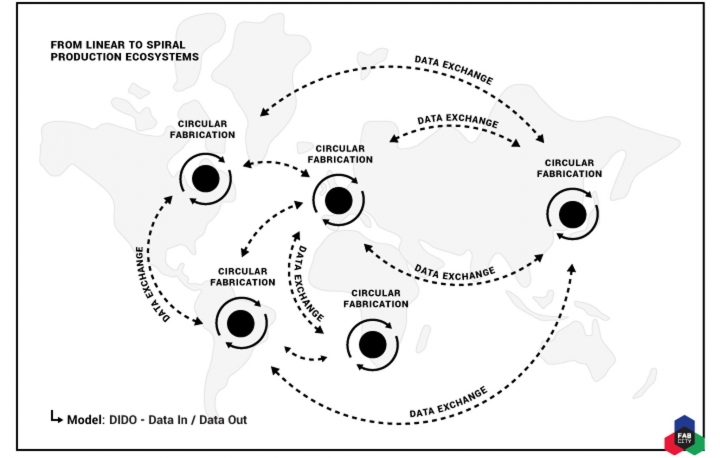 --- class: inverse, center, middle, cover # China : the post-danwei city --- class: inverse background-image: url(/talks/EPFL-GoingEast/img/mao-factory.jpg) # Danwei and the factory-city --- class: inverse background-image: url(/talks/EPFL-GoingEast/img/Electronics_factory_in_Shenzhen-min.jpg) # The "Made in China" era --- # Created in China? ## Mass Entrepreneurship ### « 大众创业、万众创新 » - [official website](https://www.gov.cn/zhengce/shuangchuangzck/index.htm) - What is China's californian garage ? --- # Here comes the "Makers" > Wang, Jing. “The Makers Are Coming ! China’s Long Tail.” In Handbook of Cultural and Creative Industries in China, edited by Michael Keane, 43–63. Cheltenham: Edward Elgar Publishing, 2016. ### a new heroic figure for the economy - 创客 chuangke - 黑客 heike - 双创 shuangchuang Read [article on Espaces Temps](https://www.espacestemps.net/en/articles/le-maker-construction-dune-figure-politique-de-linnovation-en-chine-urbaine/) and [summary article on Nature](https://www.nature.com/articles/s41599-022-01383-2) --- name: title class: center, inverse background-image: url(/talks/pspe/img/opimpuc-header.jpg) # Where does technology emerge ? ## New urban spaces to support innovators <br /> <br /> <br /> <br /> <br /> <br /> <br /> <br /> <br /> <br /> How does innovation take place ? --- class: center # Makerspaces, fablabs, etc .col-one-half[ .small[(Bottollier-Depois, 2012)] 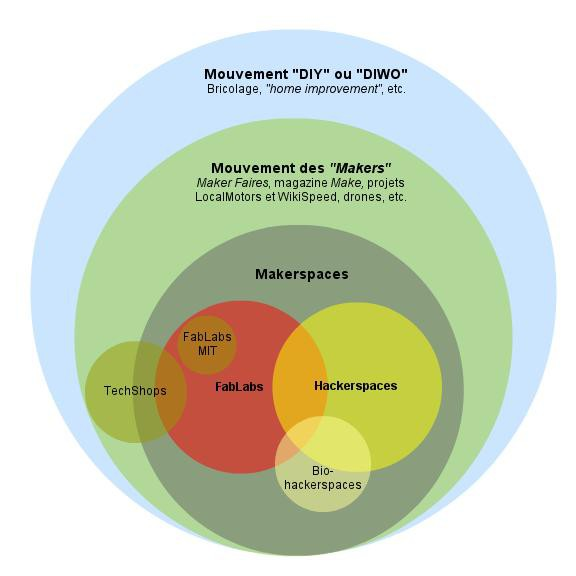 ] .col-one-half[ .small[(MoviLab, 2016)] 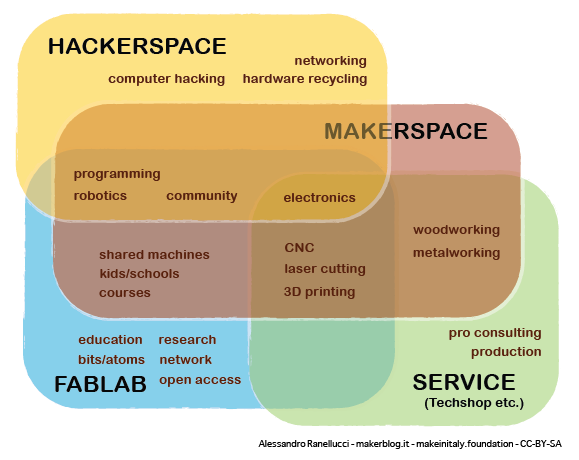 ] --- class: inverse background-image: url(/talks/EPFL-GoingEast/img/betahaus-Barcelona.jpg) # Coworking space Beta Haus, Barcelona --- class: inverse background-image: url(/talks/EPFL-GoingEast/img/noisebridge-workshop.jpg) # Hackerspace Noisebridge, San Francisco --- class: inverse background-image: url(/talks/EPFL-GoingEast/img/articlect-toulouse.jpg) # Fablabs Artilect, Toulouse --- class: inverse background-image: url(/talks/EPFL-GoingEast/img/maker.jpg) # Third spaces ? ### Shared resources, mutualisation, learning, technology... --- class: inverse background-image: url(/talks/EPFL-GoingEast/img/LiKeqiang-Seed.png) # Mass Makerspaces ## China's premier in Shenzhen hackerspace --- class: inverse background-image: url(/talks/EPFL-GoingEast/img/chuangke.jpg) # 创客 chuangke: the boom --- class: inverse, cover, middle, center # The city of Shanghai ### Evolution of (informal) tech spaces --- class: inverse, cover, middle, center background-image: url(/talks/EPFL-GoingEast/img/shanghai.jpg) # Shanghai --- class: inverse, cover, middle, center # Shanghai's scales .col-one-half[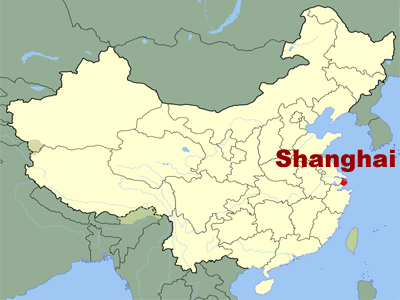] .col-one-half[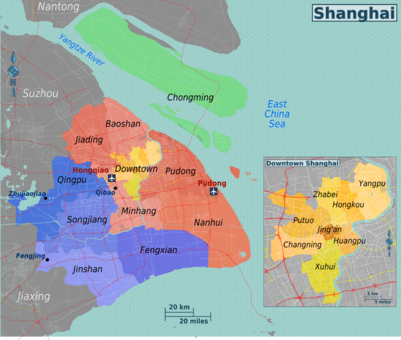] --- class: inverse background-image: url(/talks/EPFL-GoingEast/img/creativeparks.jpg) # Creative Clusters ? ### 12th Shanghai Urban Plan 2006-2015 .footnote[ - CICs in Shanghai have largely fail to deliver services to SMEs - Large companies have emerged (mostly state-owned) (Zhen &Chan, 2014) - No "creative class" has emerged (O' Connor & Gu, 2012. - Not supporting SMEs (Rossiter, 2010) ] ??? Problem : creative class Creative Cluster Policy 大众创客 Shanghai Municipal government shift in policy : > "We urgently need to create an eco-system for this sector, > including professional training, copyright protection, > industry policies, laws and regulations" --- background-image: url(/talks/EPFL-GoingEast/img/xindanwei.jpg) class: ## Xindanwei (新单位) ### 2010-2013 (RIP) ??? https://www.slideshare.net/liuyan/xindanwei-creating-global-coworksphere Shanghai, example of Xindanwei show that what can be seen as a business failure can in fact be a total success. > Xinchejian , Xinkafe... --- background-image: url(/talks/pspe/img/xcj.JPG) class: inverse ## Xinchejian (新车间) ## 2011 --- background-image: url(/talks/pspe/img/peopleSquared.jpg) class: inverse ## People Squared (联合创业办公社) ## 2011 --- background-image: url(/talks/pspe/img/innovationHouses.JPG) class: inverse ## Innovation Houses (创新屋) ## 2015 --- class: center background-image: url(/talks/EPFL-GoingEast/img/shanghai-figure.png) # Living Spaces --- background-image: url(/talks/pspe/img/banyan.jpg) class: inverse ## The banyan tree (榕树) .footnote.small[ Liu Yan, one of Xindanwei co-founder (新单位) ] --- class: inverse, cover, middle, center # Shenzhen --- class: inverse, cover, middle, center background-image: url(/talks/EPFL-GoingEast/img/shenzhen.jpg) # 1980-2011 --- class: inverse background-image: url(/talks/EPFL-GoingEast/img/Pearl_River_Delta_Area.png) .footnote[Pearl River Delta] --- class: inverse background-image: url(/talks/EPFL-GoingEast/img/Shenzhen-District-Map.jpg) --- class: inverse background-image: url(/talks/EPFL-GoingEast/img/ShenzhenMap.png) --- class: center, inverse background-image: url(/talks/EPFL-GoingEast/img/hqb.jpg) # Huaqiang bei --- class: inverse background-image: url(/talks/EPFL-GoingEast/img/HQBstuff.jpg) .footnote[Huaqiang Bei district] --- class: center, inverse, middle background-image: url(/talks/EPFL-GoingEast/img/HQBlife.jpg) --- background-image: class: center, middle, inverse ### shan zhai # 山寨  --- class: center, middle, inverse  ## AAA 货 --- class: inverse background-image: url(/talks/EPFL-GoingEast/img/HAX.png) # HAX : hardware incubator .footnote[http://kickstarter.com/hax] --- class: inverse background-image: url(/talks/EPFL-GoingEast/img/chaihuo.jpg) # Chaihuo makerspace --- class: inverse background-image: url(/talks/EPFL-GoingEast/img/seed.jpg) # Seeed Studio --- class: inverse background-image: url("/talks/EPFL-GoingEast/img/iMakerBase.jpg") # iMakerBase --- class: inverse background-image: url("/talks/EPFL-GoingEast/img/empty.jpg") # But also : lots of empty spaces... --- class: center # Shenzhen: the forthcoming "fab city" ? 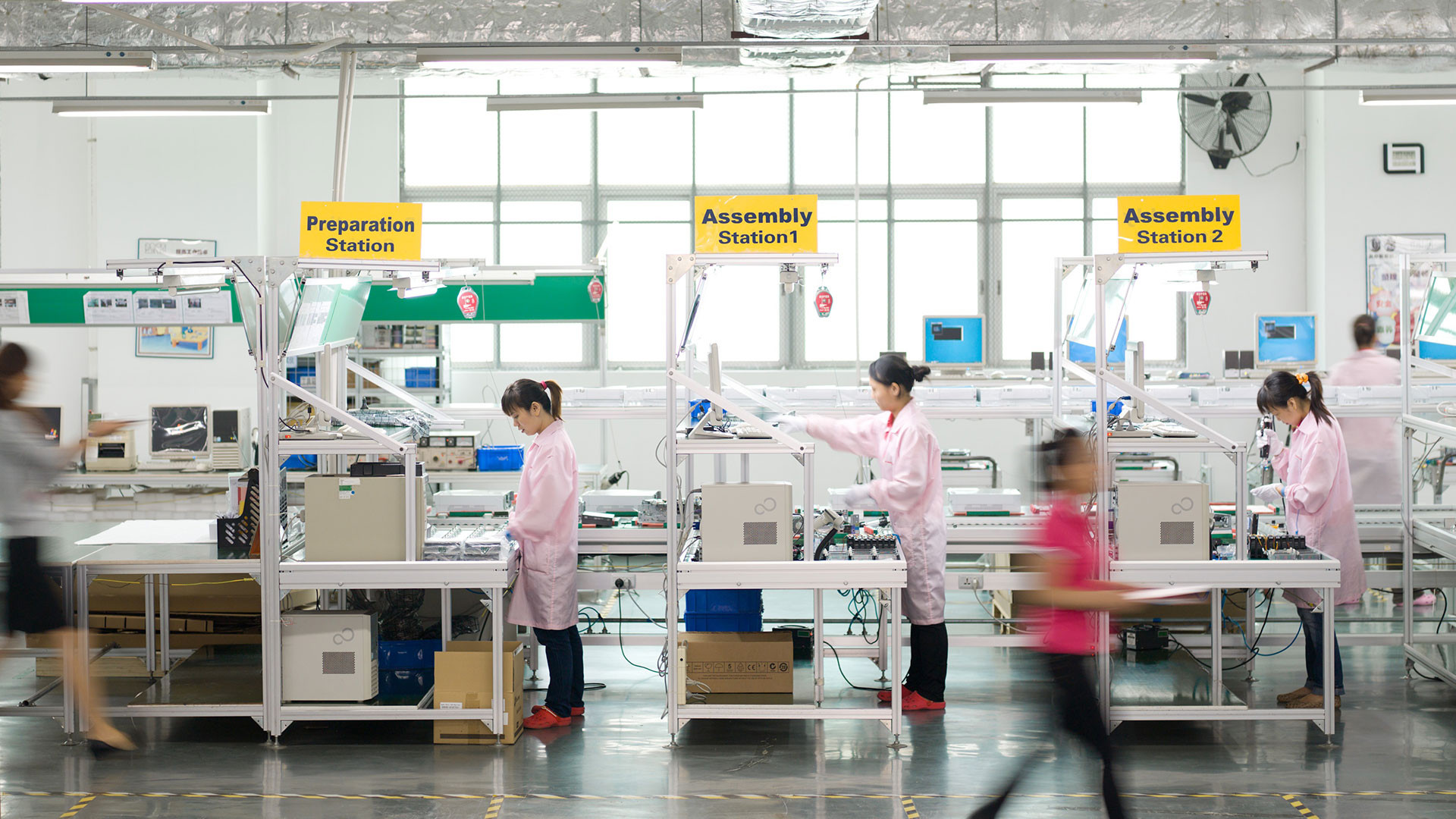 --- class: center # Exporting the Chinese city .left-column[ ### New City of NEOM in 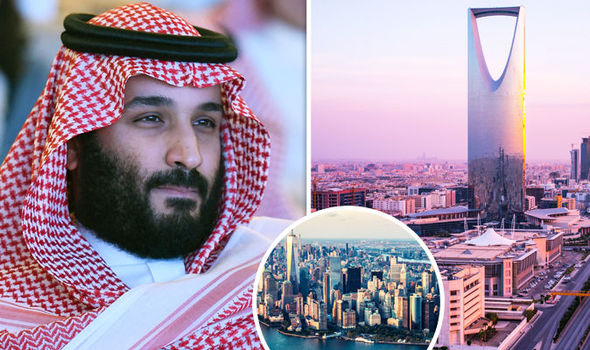 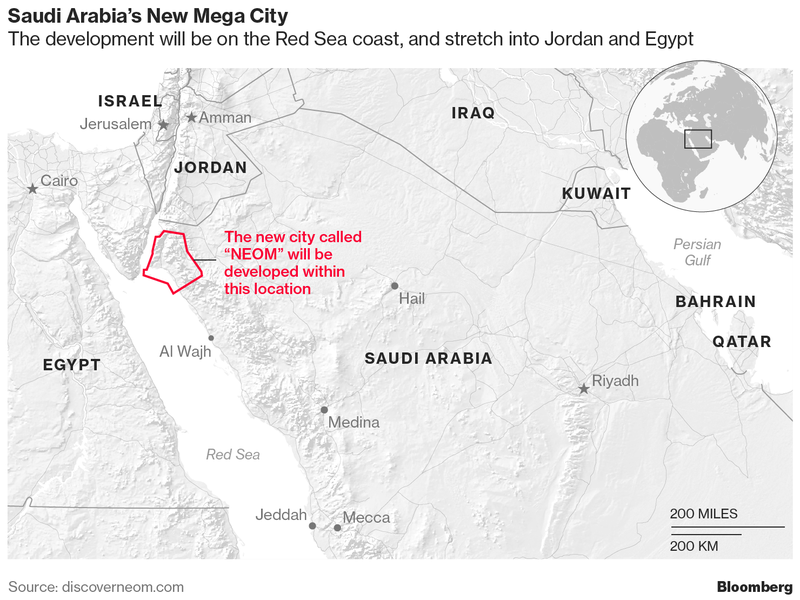 ### Tech Hubs in Africa 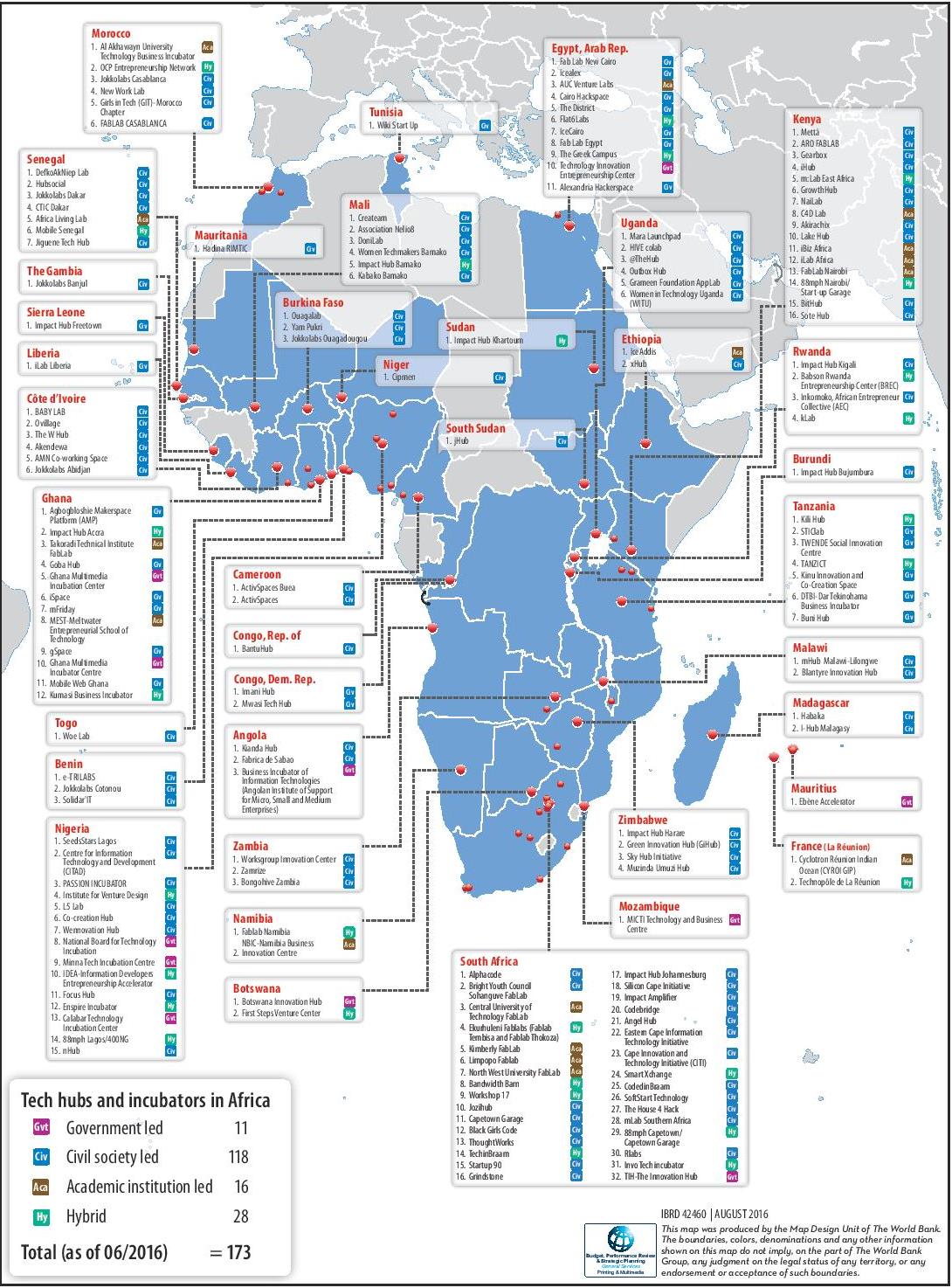 ] .right-column[ 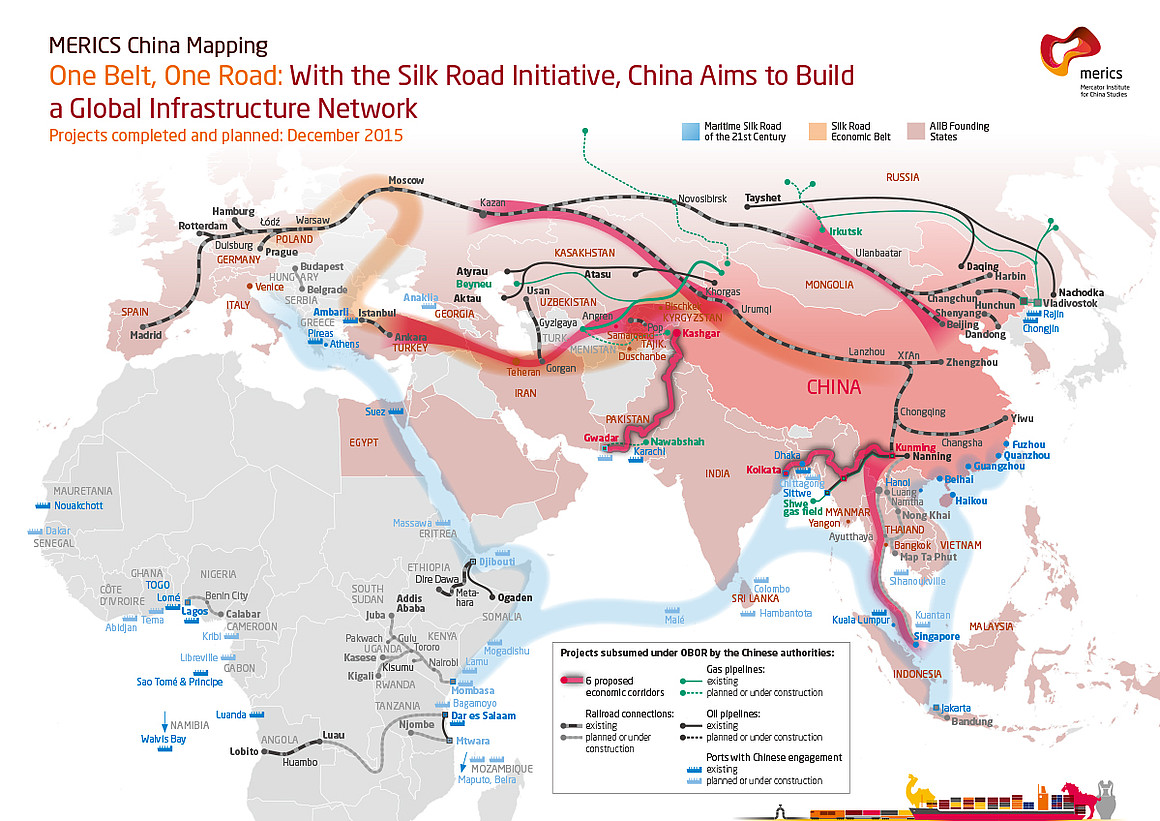 ] --- class: center, middle ### “The Metropolis strives to reach a mythical point where the world is completely fabricated by man, so that it absolutely coincides with his desires.” ― Rem Koolhaas, 2000